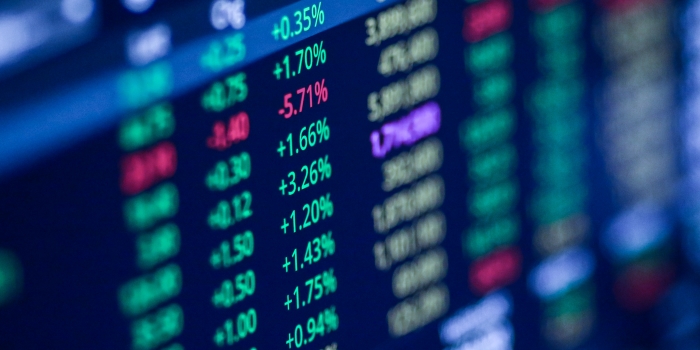Treasury Yield Curve: The Basics
March 12, 2025
Investing
Often mentioned in financial news, the Treasury Yield Curve is more than just numbers – it's a powerful economic indicator with a history of predicting recessions. Unpack the meaning behind its different shapes and learn what the bond market might be signaling about future growth and interest rates.

What is the Treasury Yield Curve?
The Treasury Yield curve is a visual display that shows the market yields of US government bonds of various maturities. This yield presentation allows bond investors to understand the cost the government must pay investors at different scheduled maturities. Furthermore, the shape of the yield curve gives some insight into the market expectations of the future outlook for the US economy.
Understanding Yield Curve Shapes
The shape of the yield curve provides clues about market expectations:
- Upward Sloping Curve: This shape indicates the economy is growing and is associated with economic expansion. It's the most common curve shape. Higher long-term (LT) yields are typically needed to compensate investors for inflation and economic downturn risks over longer periods.
- Flat Curve: A flat curve often signals a transition, potentially moving from economic expansion to a slowdown. The curve might flatten, for instance, after the Federal Reserve has hiked short-term (ST) rates to slow the economy, causing LT rates to fall due to lower perceived inflation risk.
- Inverted Curve: An inverted curve shows lower yields on longer-term maturities compared to shorter-term ones, which is an unusual occurrence. This shape usually occurs during periods when economic growth slows and inflation risk is low, often associated with recessions. Historically, curve inversions have often occurred 12-18 months before a recession begins.
Reviewing Bond Price/Yields

As shown in the diagram above, bond prices and bond yields will move in opposite directions (all things being equal). That is, when interest rates rise, bond prices will generally fall. Conversely, when interest rates decline, bond prices tend to rise. The amount of the bond's price change will depend on the interest rate sensitivity of the bond, a concept known as duration.
US Treasury Yield Curve Example

The yield curve example above shows the coupon segment of the Treasury market (ranging from 2-Year to 30-Year maturities) currently has a normal upward slope. One notable exception in this example is the 20-Year Treasury yield (4.58%), which is often less liquid than the more commonly traded "on-the-run” 10-Year and 30-Year maturities, sometimes causing irregularities in the curve shape.
Yield Curve Slope: 10-Yr vs. 2-Yr

The Yield Spread difference between the 10-Year and 2-Year Treasury yields, often referred to as the 2s-10s spread, provides key insights. As shown in the chart, this spread has been positive (indicating an upward sloping curve segment) since December 2024. It's important to note that the yield curve had been inverted during the period of July 2022 - August 2024, a time when the Federal Reserve sharply increased rates to combat inflation.
Basic Yield Curve Terminology
The basic approach for investors looking for relative value across the yield curve often begins with assessing curve spreads. For example, if the 2-Year Treasury yield is at 3.89% and the 10-Year yield is at 4.22%, the 2s-10s spread is currently at +33 basis points (bps).
Understanding market direction is also key. If interest rates are falling and yields are dropping, the bond market is considered to be in a bull state. Consequently, whether the curve flattens or steepens as a result of falling short-term and long-term bond yields, the movement will have a "bull" prefix, referred to as a Bull Flattener or a Bull Steepener.
Conversely, if interest rates are rising and yields are increasing, the bond market is considered to be in a bearish state. In this scenario, whether the curve flattens or steepens due to increasing short-term and long-term bond yields, the movement's prefix will be "bear," referred to as a Bear Flattener or a Bear Steepener.
The 4-Types of Yield-Curve Trades
Based on an assumption of a 10-Yr yield at 4.22% and a 2-Yr yield at 3.89% (a spread of +33 bps):
1. Bull Flattener

2. Bull Steepener

3. Bear Flattener

4. Bear Steepener

“More money has been lost reaching for yield than at the point of a gun” - Unknown
Stay in the Know!
Subscribe to our exclusive mailing list.
America's
Investment App
More Posts
More like this
Stay in the Know!
Subscribe to our exclusive mailing list for news and updates.























